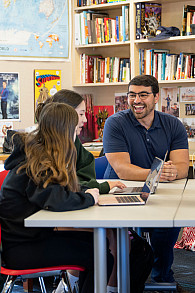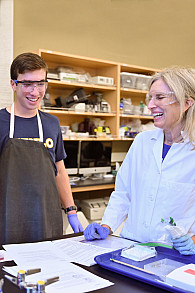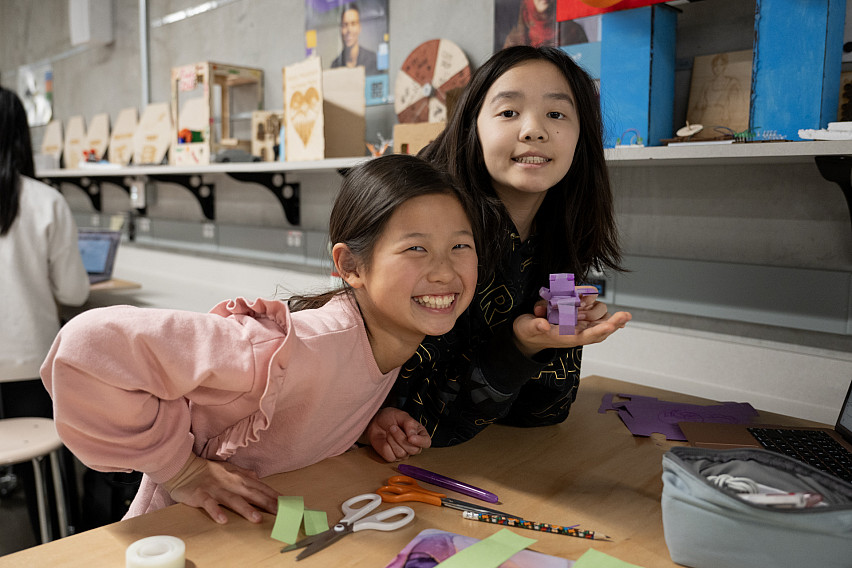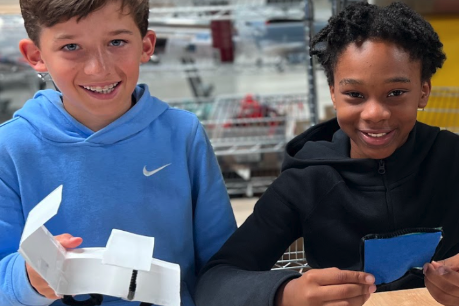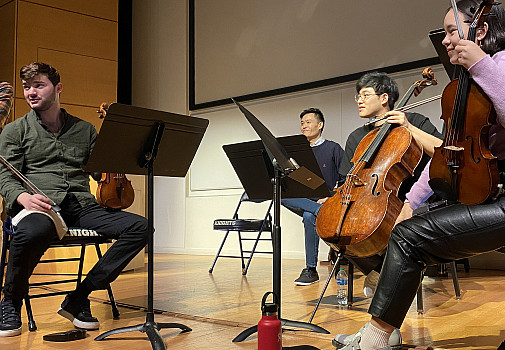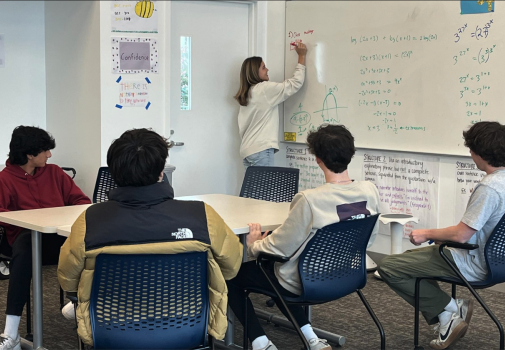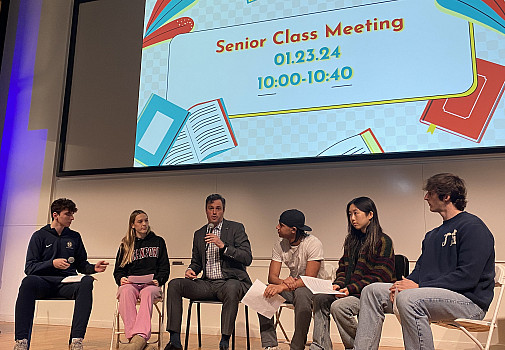- Arts
- Academics
-
Athletics
- Athletics Overview
-
Upper School Teams
- Baseball - Varsity
- Baseball - Junior Varsity
- Basketball - Boys Varsity
- Basketball - Boys Junior Varsity
- Basketball - Boys Freshman
- Basketball - Girls Varsity
- Basketball - Girls Junior Varsity
- Cross Country
- Flag Football - Girls
- Football - Varsity
- Football - Junior Varsity
- Golf - Girls Varsity
- Golf - Boys Varsity
- Golf - Boys Junior Varsity
- Lacrosse - Boys Varsity
- Lacrosse - Boys Junior Varsity
- Lacrosse - Girls Varsity
- Lacrosse - Girls Junior Varsity
- Soccer - Boys’ Varsity
- Soccer - Boys’ Junior Varsity
- Soccer - Girls Varsity
- Soccer - Girls Junior Varsity
- Swimming
- Tennis - Varsity Boys
- Tennis - Boys Junior Varsity
- Tennis - Girls Varsity
- Tennis - Girls Junior Varsity
- Track & Field
- Volleyball - Varsity
- Volleyball - Junior Varsity
- Volleyball - Freshman
- Water Polo - Boys Varsity
- Water Polo - Boys Junior Varsity
- Water Polo - Girls Varsity
- Water Polo - Girls Junior Varsity
-
Middle School Teams
- Baseball - Middle School
- Basketball - Boys Middle School
- Basketball - Girls Middle School
- Cross Country - Middle School
- Flag Football - Middle School
- Lacrosse - Boys Middle School
- Lacrosse - Girls Middle School
- Soccer - Boys Middle School
- Soccer - Girls Middle School
- Swimming - Middle School
- Tennis - Middle School
- Track - Middle School
- Volleyball - Middle School
- Athletics Philosophy & Values
- Athletics Resources
- Camps & Clinics
- Alumni Athletes
- New to Menlo Athletics?
- Student Life
- Support Menlo
- Admissions
- Calendar
- Resources
MENLO SCHOOL • SINCE 1915

Menlo News March 12, 2024
Design Thinking, Simpsons-Style
Sixth graders learn empathy, critical thinking skills, and resilience by designing chair prototypes for characters from The Simpsons.
Some may have been skeptical when Middle School Computer Science & Design Engineering teacher Tiffany Liu decided to embark on Stanford d.school’s 5 Chairs Challenge Project with her 6th grade class. Could middle schoolers really tackle a college-level concept?
The 5 Chairs Project challenges students to create custom chair prototypes to meet the various needs of different user profiles. Aside from Ms. Liu’s keen ability to adapt advanced lesson plans to the burgeoning abilities of young engineers, there was another element that made the project particularly accessible for younger learners: the profiles belonged to characters from The Simpsons.
Students were divided into groups of two or three and assigned one of five story cards depicting their character. From grouchy Grandpa’s limited mobility to baby Maggie’s inability to sit still, the 6th graders used the Stanford Design Thinking five-step process to empathize with their users, define client needs and interests, ideate various chair options, and experiment with different materials like paper, pipe cleaners, cardboard, and plywood to create three rounds of prototypes.
Before bringing their ideas to life, students were encouraged to use critical thinking skills to deduce what each character needed based on their profile description.“I’m gonna have more of it on the pipe cleaner [version] since this is only paper, but Grandpa’s gonna have, like, a microphone that he can talk into, and he’s gonna have a timer because he talks a lot that will beep if he talks too much, and then he’ll also have a spring so he can get up and out of this chair easily,” explained Zane ’30. When asked what he’s learned from this process, Zane replied, “how to help other people.”
When asked the same question, Bryce ’30 smiled. “Um, it’s really hard to make a chair,” she chuckled before launching into Stanford’s design thinking process. “So basically you get to learn about what your character is and what their necessities are, like the interview part…and then you get to think about what they need and how you can help implement that in their chair. Next you get to make an idea and start sketching out what you want to make. After that, you do a prototype. Lastly you do your final [prototype] and then you, well, test it out.” At the next table, Charlotte ’30, stressed the importance of improvising. “I was going to do something with wheels, but there weren’t tiny pieces of wood. So I kind of, like, changed it.”
In preparation for their final presentations, each group documented their processes and had to discuss, negotiate, and vote on their best chair. “They were also asked to reflect on their design choices and tell us how they would iterate to make the next version better, which is also part of the design process,” explained Ms. Liu.
The 5 Chairs Project challenged students to practice empathy by putting themselves in someone else’s shoes. It taught them resilience as they iterated on their designs while staying true to the end user’s needs. Inevitably, there was trial and error and frustration as they faced obstacles along the way, coping with which is a key component of any creative process.
As she reflected on the project, KK ’30 exemplified how relevant and useful design thinking can be: “You start by talking to the person, like, if [my friend] Reese needed new glasses, I would talk to her to find out what she needed and what her eyesight was. And then I would start thinking, oh, what type of glasses could help Reese?”
 MENLO SCHOOL Since 1915
MENLO SCHOOL Since 1915